Pain Free Dentistry: Is There A Pain Free Dental Clinic in Singapore?
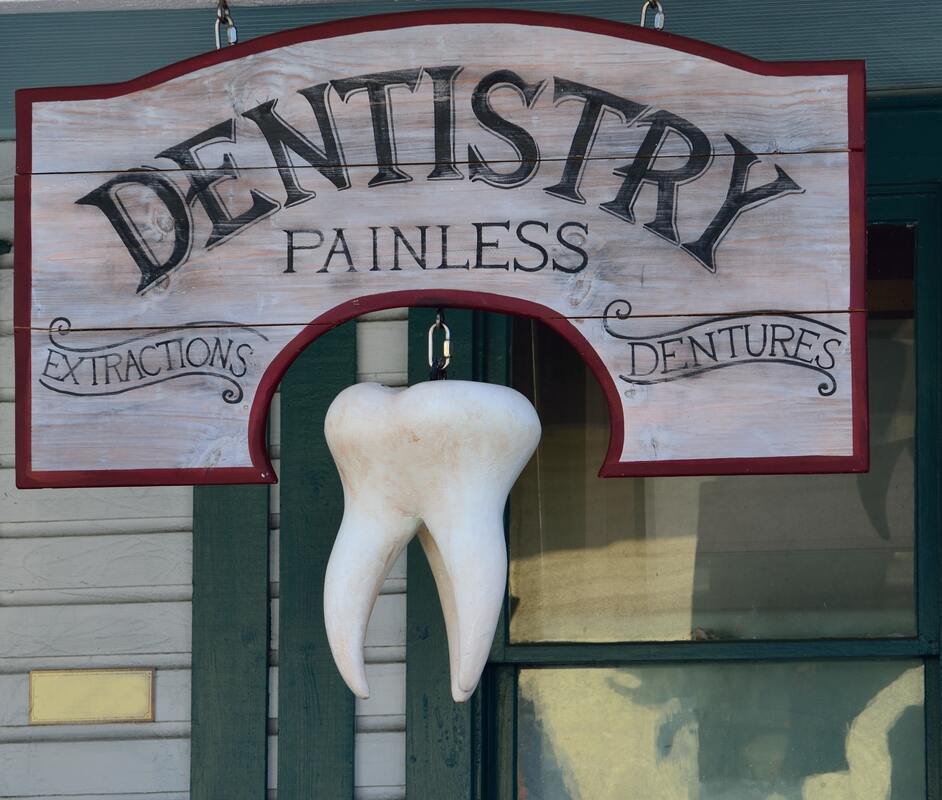
For many individuals, dental procedures are often associated with pain and discomfort. You might be one of them too. Fear of pain often deters patients from seeking necessary dental care until it is too late.
Read more about: How Often You Should Visit The Dentist
If you have experienced pain during previous dental treatments, it is understandable that you might feel apprehension about undergoing further dental procedures. It is also normal if you choose to self-medicate or use home remedies to keep the situation under control.
Thanks to numerous advancements in dentistry and the application of cutting-edge technologies, dental professionals in Singapore are now able to administer dental treatments without much discomfort.
If you fear pain, or are delaying heading to a dental clinic because of potential pain or dental phobia, this article will help you find out more about how to undergo dental treatments with less discomfort. It will also give you a clearer understanding on what pain free dentistry is, and how you can rely on pain free dentistry to undergo dental treatments.
Book an appointment with a dental clinic that takes your fears seriously.
Disclaimer: Whilst there is a possibility of rendering pain-numbing dental treatments, it is not possible for a dental treatment to be entirely discomfort-free. There is still a minimal amount of discomfort involved, especially when it involves invasive-procedures like dental implant surgery or wisdom tooth surgery. You should make a decision to proceed with treatment only if you are comfortable with the treatment recommended as well as the consulting dentist. Never make a treatment decision simply based on marketing that promises pain free procedures.
What is Pain Free Dentistry?
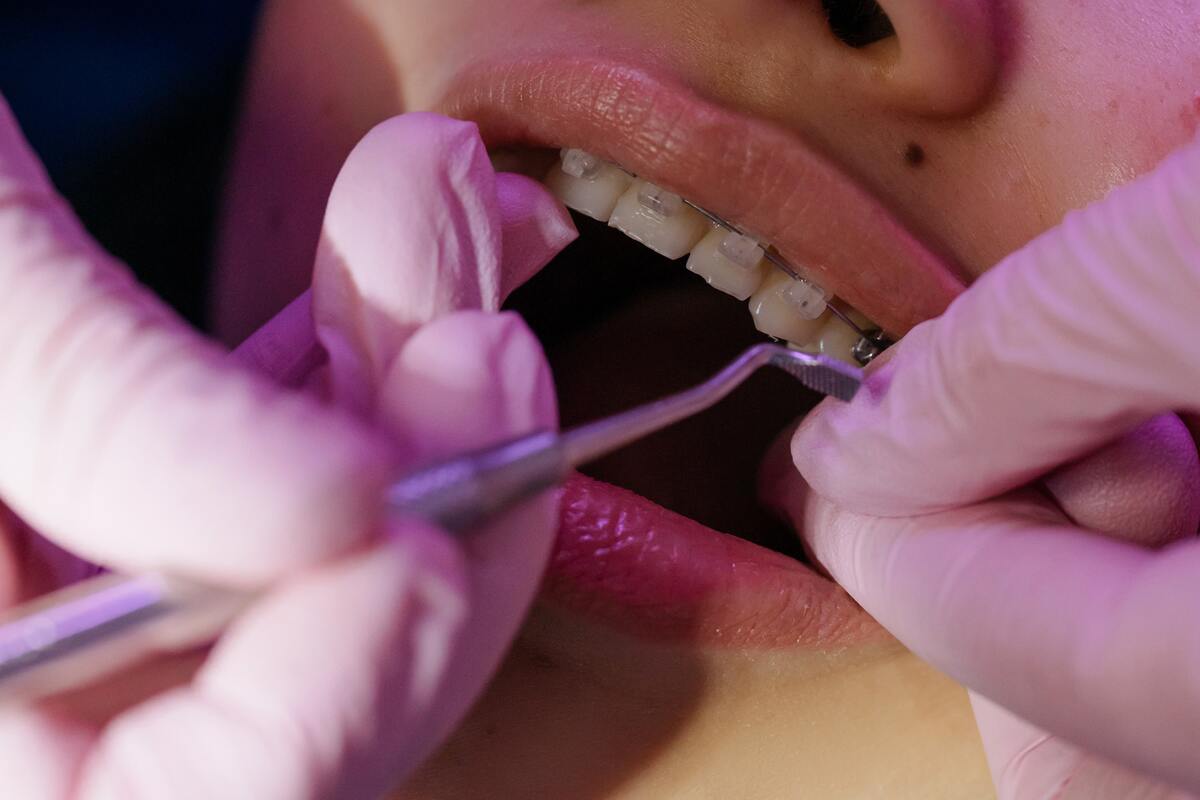
Pain free dentistry refers to dentistry that reduces the level of discomfort during a dental visit. It encompasses a wide range of techniques, spanning from the usage of local anaesthesia to deep sedation. Pain free dentistry can be applied to various procedures, including both invasive oral surgeries and routine dental cleanings.
Besides the relief of pain, pain free dentistry can also refer to methods a dental clinic employs to bring ease to you when you walk in. This can be via the ambient of the dental clinic, such as the use of soothing music, dimmed mood lighting and large-screen televisions to distract you during their dental treatments.
Visiting a dental clinic can be a stressful experience. Pain free dentistry-focused dental clinics try to reduce triggers during your dental visit.
By reducing the number of stressful situations during the dental visit, you will be more inclined to return for your dental visits, which improves the chances of better oral health. This is especially useful when it comes to young children who are fearful of the dentist.
Read more about: How Oral Health Affects Your Overall Health
Key Factors of Pain Free Dentistry
There are a few factors that you can refer to when you are asking for pain free dentistry. This acts as a checklist for you before you proceed to a dental clinic.
Sedation
Sedatives are administered by your dentist to help you relax and feel more comfortable during your procedure. This can range from mild sedation (such as nitrous oxide, or “laughing gas”) to deeper levels of sedation. The sedation type used is dependent on how complex your procedure is, as well as your anxiety levels.
Local Anaesthesia
A standard practice in dentistry for procedures that might cause discomfort, local anaesthetic agents are used to numb the specific area being worked on. This ensures that you do not experience any form of pain during the dental procedure.
Advanced Precision Equipment
Modern dental technologies, such as laser dentistry or guided dental implants may be employed to perform procedures with greater precision and efficiency. These equipment not just aid your dentist to perform their dental procedures with better results, but often results in less discomfort for you as a patient.
Patient-Centred Care
If you have been looking for suitable dentists online, you would have come across reviews that talk about good bedside manner and having a human touch. In patient-centred care, you are the focus. This means that a pain free dental clinic will prioritise your needs and take extra measures to make you feel comfortable and informed – even before the dental treatment. This can include clear communication about the procedure to you, offering breaks during longer treatments, and providing a calming environment.
Tailored Treatment Plans
You are a unique individual, and your treatment plans should be unique to you as well. In pain free dentistry, your dentist will assess the needs and preferences you have to tailor their approach for you. The end goal here is to provide a comfortable experience for you. This may involve selecting the appropriate sedation method or using specialised techniques.
If you have had negative experiences with dental clinics, or suffer from dental anxiety, a dental clinic that prioritises pain free dentistry can be beneficial for you.
Book an appointment with a dental clinic who prioritises you.
Benefits of Pain Free Dentistry
A 2015 study indicated that almost 60% of individuals experience anxiety when it comes to visiting a dentist. The primary reason for this apprehension is the anticipation of pain associated with dental procedures.
Read more about: Top Reasons To Visit A Dentist
Opting to visit a dental clinic that prioritises pain free dentistry carries several advantageous outcomes, including:
Reduced discomfort during dental treatments
With your comfort in mind, dental clinics who practise pain free dentistry know how to use a combination of gentle dentistry, sedation and pain management techniques to reduce discomfort for you during your dental procedure.
Relief from dental fear and anxiety
Anxiety can be debilitating. Having worked on dental treatments for patients with severe anxiety, pain free dentistry techniques can be a huge relief for them, as it can be for you.
Over the years, I have found that anxiety exists on a spectrum. Some patients have a little pre-procedure anxiety, while others become overwhelmed with fear. It is not uncommon to be afraid that a treatment can go horribly wrong. In some cases, the fear of the overhead light used to ensure maximum visibility during dental treatment can be the anxiety trigger!
Pain free dentistry employs sedation to help patients who need treatment seek it without fear.
Reduced gag reflex during dental work
Having a gag reflex is a good thing (usually). The gag reflex is a natural way of expelling any intrusive or foreign objects that enter our throat. However, having a gag reflex while undergoing a dental procedure can be a huge hurdle for both your dentist and yourself. Should your dentist need to go deeper inside the oral cavity, your gag reflex would prevent that.
Spasms caused by your gag reflex can lead to abrasions and damage, depending on what the dentist is doing. With sedation, your gag reflex will no longer be an issue as it is paralyzed. This increases the efficiency of your dentist and puts you at ease during the procedure.
Reduced frequency of dental appointment visits
Visiting a dental clinic that practises pain free dentistry often means that you are able to minimise the need for multiple clinic visits. This is because your dentist is able to administer controlled sedation to render comprehensive treatments – all at once instead of in stages. This can be completing root canal treatments, multiple dental fillings, and wisdom tooth extractions during a single visit.
Your dentist is able to work faster
When dental procedures are pain free, you will be more relaxed. A relaxed patient is usually less anxious. Knowing that you are relaxed on the dental chair helps create a conducive environment for your dentist to work faster on completing the treatment.
I am ready to conquer my fears of visiting the dental clinic.
How Do Dental Clinics Ensure a Pain Free Dental Treatment Experience?
The primary focus of a pain free dental experience is to relieve any sensation of discomfort. For procedures with potential discomfort, dental clinics employ numbing agents to ensure the treatment is as painless as possible.
To begin, topical numbing creams are applied inside your mouth before administering a local anaesthetic. This cream effectively numbs the spot where the injection needle will enter. The subsequent injection also leaves the injection site completely numb for a few hours.
Dental clinics that prioritise pain free techniques also usually focus on a minimally invasive approach to dentistry.
This may involve the adoption of advanced technology such as soft tissue lasers, replacing conventional surgical tools for tasks like decay removal, frenectomies, gum disease treatment, or cosmetic enhancements. Soft tissue lasers are painless, minimise bleeding and inflammation, do not require anaesthesia, and accelerate the recovery process.
Dental sedation is another integral aspect of pain free dentistry. Your dentist will typically offer four types of sedation: Nitrous oxide, oral conscious sedation, IV sedation, and general anaesthesia.
These sedatives range from mild to deep sedation, with deep sedation inducing a state of unconsciousness. Sedation serves to alleviate dental anxiety that you might experience, diminish stress, and eliminate sensations of pain.
Pain Free Dentistry: Fact or Fiction?
Pain free dentistry is a fact! It is not just a marketing gimmick. While it is true that you might still experience some level of discomfort, dentistry is no longer as off-putting as it would have been in the past.
Thanks to the progress in dentistry, most dental procedures have shed their association with pain. Many dentists now employ advanced tools and techniques to deliver pain free treatments to their patients.
However, you should also note that no pain does not mean no discomfort!
What techniques and technologies are used to minimise pain in dental treatments?
There are several techniques and technologies that are commonly used in dentistry to minimise pain and discomfort before and during treatment:
Local Anaesthesia: This is one of the most widely used techniques. A local anaesthetic is injected near the treatment site to numb the area and prevent pain during the procedure.
Topical Anaesthetics: Before administering a local anaesthetic, a topical gel or cream is applied to the treatment site to numb the surface of the gums or oral tissues. This reduces the pain associated with the needle prick.
Sedation Dentistry: Various levels of sedation can be used to relax patients and reduce anxiety or pain perception. This can range from mild sedation with nitrous oxide (laughing gas) to deeper sedation or general anaesthesia for more complex procedures.
Laser Dentistry: Lasers are used in various dental procedures to minimise pain and discomfort. They can be employed for tasks like gum surgeries, cavity removal, and soft tissue procedures. Lasers often result in less bleeding, reduced swelling, and a faster recovery.
Advanced Imaging and Precision Technology: Modern dental technologies, such as intraoral cameras, digital impressions, and computer-guided surgery, allow for more precise and efficient procedures, which can lead to reduced discomfort for the patient.
Pain Free Injections: Computer-assisted injection systems are sometimes used to administer injections. These systems can make the injection process smoother and less uncomfortable.
Micro-Fine Needles: The thinner the needle, the less pain there is. Ultra-thin needles cause less pain during injections as they result in less tissue trauma.
Nitrous Oxide (Laughing Gas): A mild form of sedation that helps with relaxation, laughing gas is administered through a mask. It wears off quickly after the dental procedure is completed.
Non-Invasive Procedures: Whenever possible, non-invasive treatments or techniques will be recommended by the dentist. This minimises the need for more extensive procedures, thereby reducing associated pain.
Composites and Porcelain Fillings: Metal fillings were previously used for tooth filling procedures as they were viewed as more long-lasting. While this was true, it also meant necessitating deep drilling into the tooth to provide a solid foundation for the metal filling. This weakened the tooth and made it more susceptible to cracking.
Composites and porcelain fillings are now used in replacement of their more harmful metal counterparts. The composite and porcelain fillings do not require deep drilling as they are secured using dental adhesives for long-lasting stability.
Patient Education and Communication: Clear communication about the procedure, what to expect, and providing reassurance can help alleviate anxiety and minimise perceived pain.
Is Pain Free Dentistry Suitable for All Types of Dental Procedures?
Pain free dentistry is suitable for a wide range of dental procedures. The application may vary depending on the complexity of the dental procedure, your medical history and your personal preferences.
To give you a better idea of how pain free dentistry is used in different treatments, here are some applications:
Routine Dental Cleanings and Check-ups: Local anaesthesia and topical numbing agents, can be used to ensure a comfortable experience during routine cleanings and check-ups.
Fillings and Restorations: Local anaesthesia is commonly used for procedures involving fillings, dental bonding, and other restorative treatments to eliminate pain and discomfort.
Tooth Extractions: Pain free techniques, including local anaesthesia and, in some cases, sedation, can be employed to minimise pain during tooth extractions.
Gum Treatments: Soft tissue lasers and local anaesthesia can be used for procedures like gum disease treatment, frenectomies, and cosmetic gum contouring.
Read more about: Using Medisave for Gum Disease Treatment
Cosmetic Dentistry Procedures: Pain free techniques can be applied to various cosmetic procedures, including teeth whitening, veneer placement, and gum contouring.
Root Canal Treatment: Local anaesthesia is typically administered to ensure a painless experience during root canal treatments.
Orthodontic Procedures: While not all orthodontic procedures like the placement of braces or clear aligners require pain management, sedation or local anaesthesia may be used in more complex cases or if you suffer from high-levels of anxiety.
Can I request for pain free dentistry for cosmetic procedures like teeth whitening or dental veneers?
Yes, you can absolutely request pain free dentistry for cosmetic procedures like teeth whitening or dental veneers.
While these procedures are generally considered less invasive and typically cause minimal discomfort, some individuals may still have concerns or preferences for pain management.
Here are some examples of how pain free dentistry can be applied to cosmetic procedures:
Pain Free Teeth Whitening Treatment
Numbing Gel: Before starting the teeth whitening procedure, a numbing gel can be applied to the gums to minimise any potential sensitivity.
Controlled Application: The whitening gel can be carefully applied to the teeth to avoid contact with the gums, further reducing discomfort.
Pain Free Dental Veneers Treatment
Local Anaesthesia: If you have concerns about discomfort during the preparation of teeth for veneers, your dentist may offer local anaesthesia to numb the area.
Minimal Invasiveness: Dental veneers are typically considered a minimally invasive procedure, and any discomfort is generally mild.
It is important to discuss your preferences with your dentist before the procedure. They will be able to tailor the approach to ensure your comfort and address any concerns you may have. Keep in mind that pain free dentistry techniques can enhance your overall experience and help you feel more at ease during cosmetic procedures.
Are there different sedation levels available for pain free dentistry?
Yes, there are different sedation levels available for pain free dentistry. The level of sedation chosen depends on the specific needs of the patient and the complexity of the dental procedure. Here are the common levels of sedation used in dentistry:
Nitrous Oxide (Laughing Gas): This is a mild form of sedation administered through a mask placed over your nose. It induces a state of relaxation and euphoria, helping you feel at ease during the procedure. Nitrous oxide is considered safe and wears off quickly after the mask is removed.
Oral Conscious Sedation: This involves taking an oral medication prescribed by your dentist before the procedure. The medication induces a deeper level of relaxation compared to nitrous oxide. The effect of oral conscious sedation on you can induce a pain free experience. You may remain conscious but might be in a state of reduced awareness.
Intravenous (IV) Sedation: This form of sedation involves administering sedative drugs through an IV line. It provides a deeper level of sedation than oral conscious sedation. You may remain conscious but are in a more relaxed and drowsy state. IV sedation is commonly used for more complex procedures.
General Anaesthesia: This is the deepest form of sedation, and it will render you completely unconscious. General anaesthesia is typically administered by an anesthesiologist or a trained dental professional. It is commonly used for complex surgeries or for patients with severe dental anxiety.
Can I ask for pain free dentistry for my dental implants surgery?
Yes it is definitely possible to request for pain free solutions for your dental implants procedure.
Dental implant surgery involves placing a titanium post into your jawbone. This can cause discomfort without proper pain management techniques. Here are some ways pain free dentistry is applied to your dental implants surgery:
Topical Anaesthetics: Before administering the local anaesthetic, a topical gel or cream can be applied to the gums to numb the surface and reduce any discomfort from the injection.
Local Anaesthesia: The most common approach is to use local anaesthesia to numb the area where the dental implant will be placed. This ensures that you do not feel pain during the surgical procedure.
Sedation: Depending on your anxiety level and preferences, you may opt for sedation. This can range from mild sedation with nitrous oxide (laughing gas) to deeper sedation or general anaesthesia. These options can help you relax and minimise pain perception.
Guided Dental Implants: Guided dental implants surgery allows for more precise placement of your dental implant which can lead to smoother recovery and less postoperative discomfort.
Find out more about dental implants before your consultation, and the costs of dental implants.
Do I Have To Pay Extra For Pain Free Dentistry?
Yes, you may have to pay an additional fee for pain free dentistry. These costs can vary depending on the treatment that you are undergoing, the complexity of the dental procedure, the technique that is used and the sedation options used.
Some potential costs can include:
Sedation Fees: If sedation is administered, there may be an additional fee for the sedative drugs and the monitoring of the patient during the procedure.
Specialised Equipment or Technology: Advanced technologies such as soft tissue lasers or specialised tools used for pain free procedures may come with their own associated costs.
Extended Appointment Time: Pain free dentistry techniques may require additional time for preparation, administration of sedation, and monitoring during the procedure, which could lead to higher overall fees.
Follow-up Care: Depending on the type of procedure and sedation used, there may be additional follow-up appointments or care required, which could incur further costs.
If budget is a concern, you should discuss any potential additional costs with your dentist before undergoing the procedure. This way, you can have a better understanding of the financial commitments involved, and the potential subsidies there are, to make informed decisions about your dental care.
How Do I Find Pain Free Dentistry in Singapore?
Finding a pain free dental clinic in Singapore is a priority for many individuals seeking dental care. If you are no different, here are some tips to help you find the right dental clinic for you:
Online Research: Start by conducting online research. Look for dental clinics in Singapore that emphasise discomfort-free, or pain free dentistry in their descriptions or services. Check their websites for information on pain management techniques and patient testimonials.
Look for Patient Reviews: Read reviews from previous patients to get an idea of their experiences. Look for mentions of pain free procedures and overall comfort during treatments.
Ask for Recommendations: Seek recommendations from friends, family, or colleagues who have had positive experiences at dental clinics in Singapore. They can provide valuable insights into the comfort levels provided by different clinics.
Contact the Clinic: Reach out to the dental clinics you are interested in and inquire about their approach to pain management. Ask specific questions about techniques used to minimise discomfort during treatments.
Inquire About Sedation Options: Some dental clinics offer sedation dentistry options, which can help patients relax and feel more comfortable during procedures. Inquire if the clinic provides options like nitrous oxide (laughing gas) or oral sedatives.
Visit the Clinic: If possible, visit the dental clinic in person to get a feel for the environment. Pay attention to the atmosphere and how the staff interacts with patients.
Discuss Concerns with the Dentist: During your initial consultation, openly discuss any concerns or anxieties you have about experiencing pain during dental procedures. A compassionate dentist will take your comfort seriously and work to alleviate your worries.
Verify Qualifications and Experience: Ensure that the dentists at the clinic are well-trained and experienced in pain management techniques. This can provide confidence that they prioritise patient comfort.
Ask About Advanced Technology: Inquire if the clinic uses advanced dental technology and equipment that can contribute to a more comfortable experience. For example, laser dentistry can sometimes reduce discomfort during certain procedures.
Consider Specialised Clinics: Some dental clinics specialise in pain-free or anxiety-free dentistry. Research if there are specialised clinics in Singapore that focus on providing comfortable dental experiences.
Pain Free Dentistry is Possible in Singapore
Many reputable dental clinics offer pain free dentistry. By conducting thorough research and asking the right questions, you can find a dental clinic in Singapore that prioritises your comfort and provides a positive dental experience. The most important thing is not to let your fear of pain or dental anxiety force you into putting off dental care until it is too late.
Should you require any assistance in understanding what pain free dentistry can do for you, I would like to invite you to speak to me. I am more than happy to assist you in your concerns.
Make An Enquiry
Let us know your concerns and our clinic staff will get back to you in 1-2 hours.
Prefer to talk to our clinic staff directly? Call our clinic to chat with our friendly nurses at +65 6767 9502
General Information
-
Yew Tee Point
21 Choa Chu Kang North 6 #01-27 Singapore 689578
Tel: +65 6767 9502
(Please Enter The Clinic From Outside The Mall) -
Consulting Hours
Mon to Fri: 9AM to 9PM
Sat: 9AM to 6PM
Sun and PH: Closed
Related Articles
-
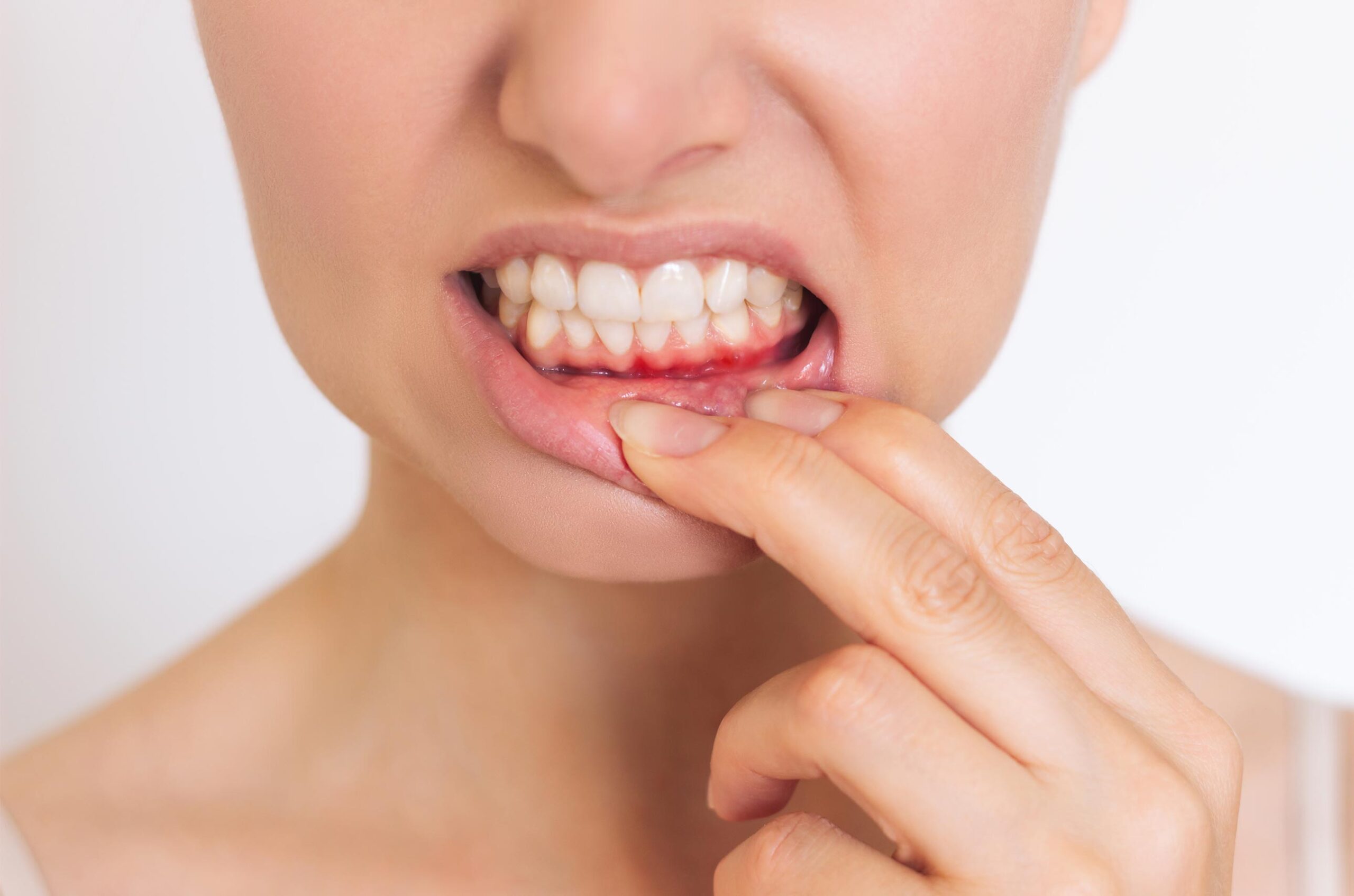
5 Early Warning Signs of Gum Disease You Shouldn’t Ignore
How do you know if you have gum disease? As a dentist who has helped treat many patients suffering from various stages of gum disease,...
Read More -
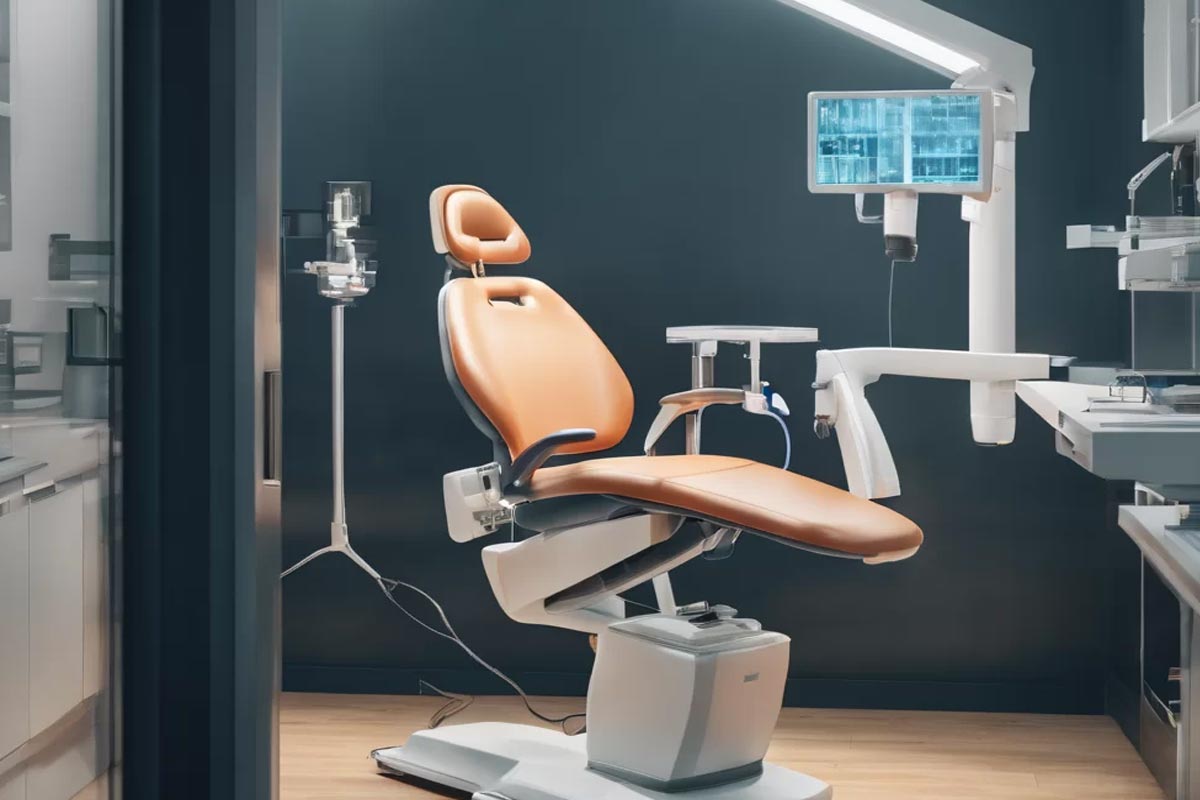
6 Signs You Should Visit A Periodontist for Gum Disease Treatment
You might be aware that a periodontist is a gum specialist doctor who treats gum conditions. You might also suspect that you are suffering from...
Read More -

How Often Do You Need To See A Dentist?
We all know that keeping our teeth healthy and clean cannot be overlooked. Moreover, our oral health is closely related to our overall health.1 After...
Read More -
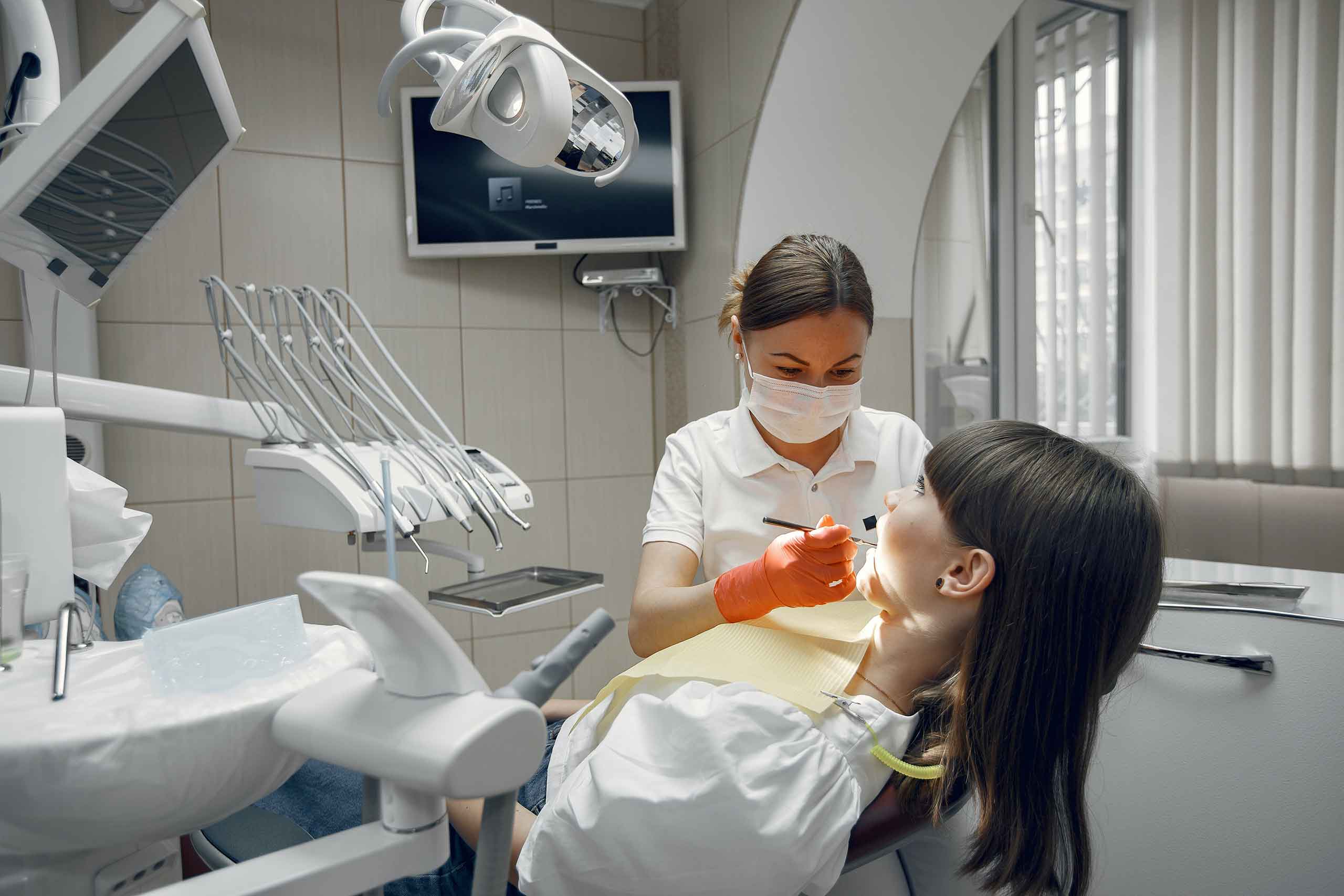
Top 5 Reasons To Visit A Dentist
Keeping up with your dental hygiene is important for your general well-being. There are many reasons why you need to visit the dentist more often....
Read More -
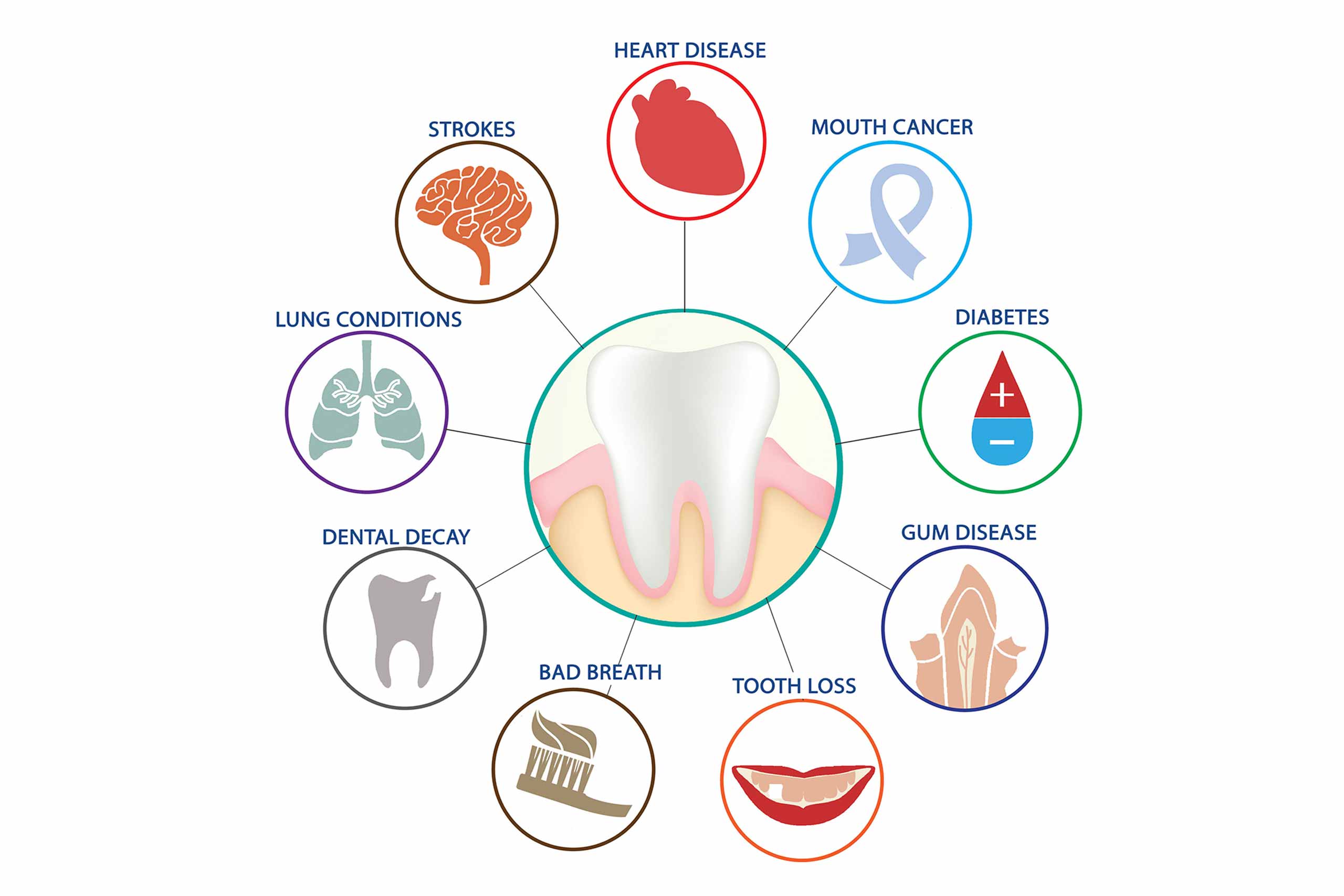
The Surprising Connections Between Oral Health & Well Being
Maintaining good dental health extend far beyond just your mouth. There is a growing body of research that suggests a synergic relationship between oral health...
Read More


